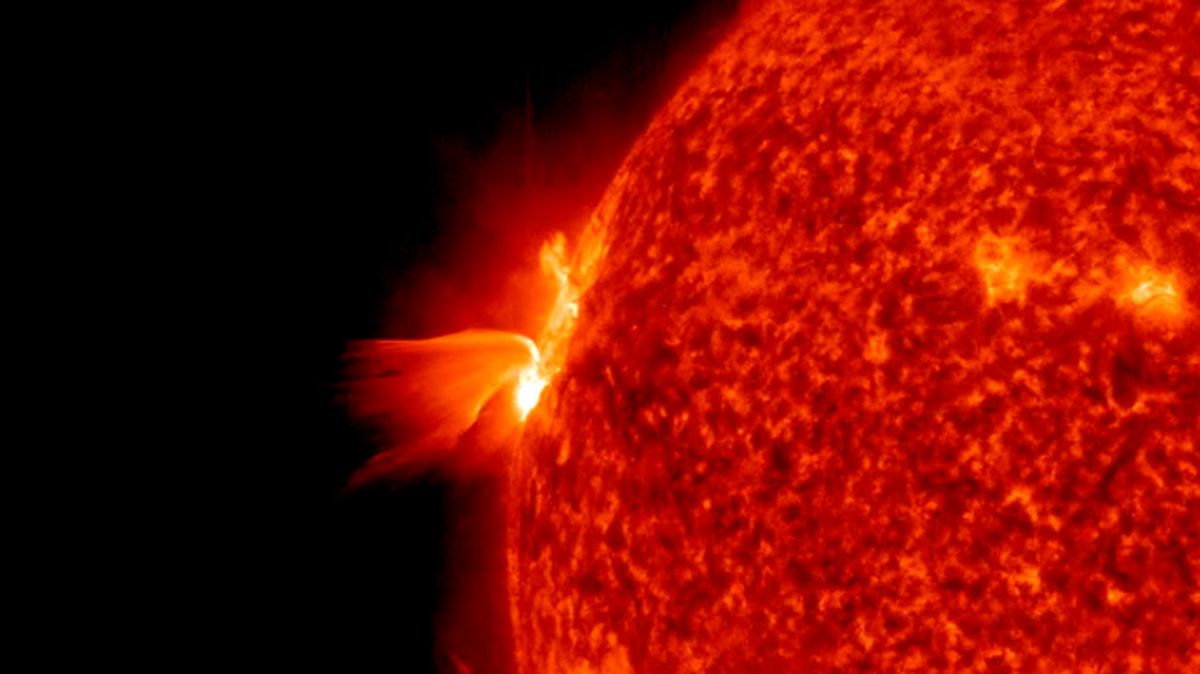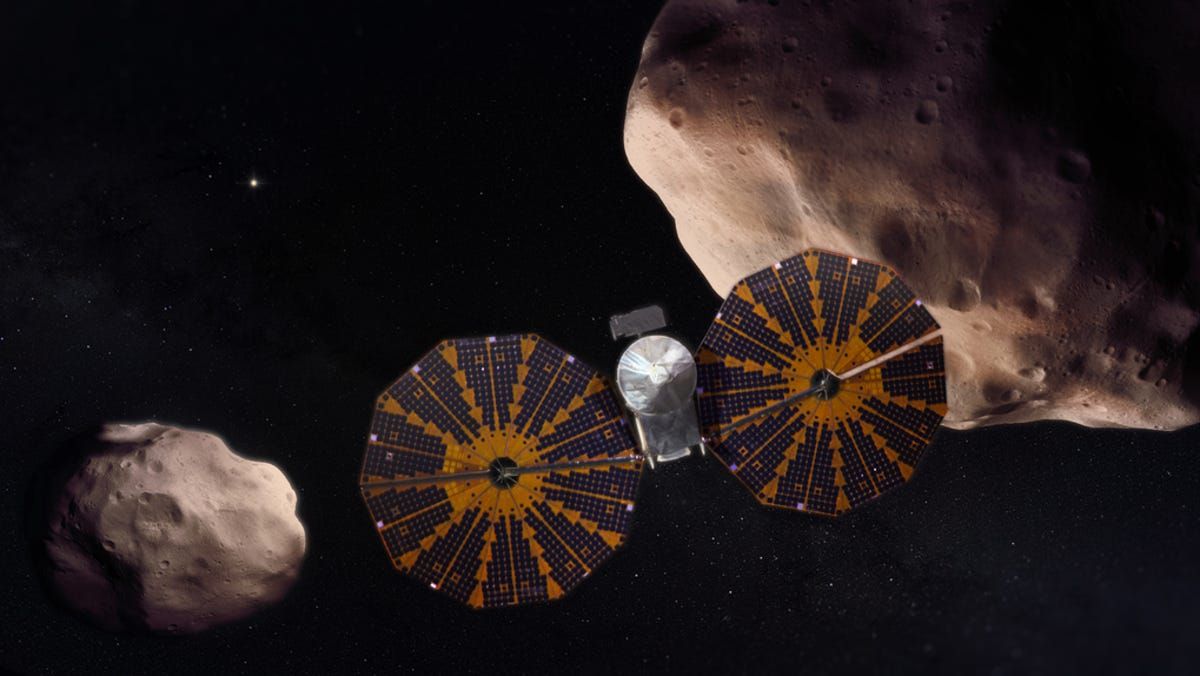On July 2, 1985, the European Space Agency launched the Giotto space probe to get a close-up look at Halley’s Comet. Photos of Halley’s Comet Through History Related stories: Nearly nine months after launch, on March 14, 1986, Giotto became the first spacecraft to observe of a comet up close when it flew by Halley’s Comet. It came within 370 miles of the comet’s surface. Best Close Encounters of the Comet Kind Catch up on our entire “On This Day In Space” series on YouTube with this playlist (opens in new…
Read MoreMonth: July 2022
Is the electric grid ready for extreme space weather?
In the early hours of March 13, 1989, the public utility Hydro-Québec went out of service. The entire province of Québec lost power for nine hours, interrupting many aspects of public life for the entire day. Space weather — the conditions in outer space near Earth, which are heavily influenced by the sun — was quickly identified as the cause of the blackout. “The initial story was, ‘OK, there had been a lot of activity on the sun and then a big magnetic storm, and a number of power systems…
Read MoreNASA reports ‘significant progress’ in rescuing Lucy asteroid spacecraft’s solar array
A stubborn solar array on the NASA Lucy mission might yield enough to allow the mission to continue its asteroid-hunting mandate with few issues, NASA reports. The agency said it has made “significant progress” in dealing with a solar array on the Lucy mission that failed to fully deploy after the spacecraft’s launch, which took place in October 2021. Engineers have been troubleshooting the matter for months. Lucy has two near-circular solar arrays that are each 24 feet (7 meters) across and designed to unfold like a fan. The arrays are…
Read MoreSpace Station Science Highlights: Week of June 27, 2022
Crew members aboard the International Space Station conducted scientific investigations during the week of June 27 that included collecting standard health and performance measures, testing new techniques for growing plants, and demonstrating wireless data transmission for wearable sensors.
Read MoreSurprise ‘fossil galaxy’ spotted near mighty Andromeda
An amateur astronomer found a fossilized surprise in the well-studied sky near the bright Andromeda Galaxy. Skywatcher Giuseppe Donatiello spotted an ultra-faint dwarf galaxy, now dubbed Pegasus V, in archival data from a U.S. Department of Energy camera designed to hunt for dark energy. Intrigued astronomers who heard about his observations then studied the region using a bigger Hawaiian telescope, called Gemini North. Scientists now think that Pegasus V might be a “fossil” of the first galaxies, packed with very old stars. “This discovery marks the first time a galaxy this…
Read MoreMaking a Picture-Perfect Landing
An adult osprey, carrying a fish in its talons, prepares to land in its nest atop a speaker platform in the parking lot at Kennedy Space Center.
Read MoreNASA will unveil the James Webb Space Telescope’s 1st science photos this month. Here’s how to watch.
After half a year of in-space commissioning work, NASA will release the first science images from its next-generation space observatory in July. Here’s how you can tune in to the historic event for free. The James Webb Space Telescope carries four cutting-edge instruments designed to examine everything from solar system objects to distant, old galaxies formed in the early universe only a few hundred million years after the Big Bang. The instruments are roughly halfway through their mode checks as the observatory continues clicking through milestones smoothly in deep space…
Read MoreJuly new moon 2022: Young moon passes Mercury
The new moon arrives on July 28, two days after the waning moon makes a close pass to Venus in the predawn sky and a day before the peak of the Piscis Austrinid meteor shower. The moon is officially new at 1:55 p.m. on July 28 for observers in the Eastern Daylight Time zone. A new moon occurs when the moon is directly between the sun and Earth. Technically, the sun and moon are in conjunction, on the same north-south line that passes through the celestial pole, near the star…
Read MoreThis Week’s Sky at a Glance, July 1 – 9
The Moon waxes across the evening sky from Leo to Scorpius. The five-planet lineup in the dawn is now four. And amateur astronomers plan to be recording as Saturn’s hazy moon Titan occult a star about as bright as Titan itself for most of North America. The post This Week's Sky at a Glance, July 1 – 9 appeared first on Sky & Telescope.
Read MoreJuly: Stars of the Summer Sky
July offers lots of pretty stars and constellations to check out, and you’ll get a personally guided tour of them by downloading this month’s Sky Tour astronomy podcast. The post July: Stars of the Summer Sky appeared first on Sky & Telescope.
Read More
